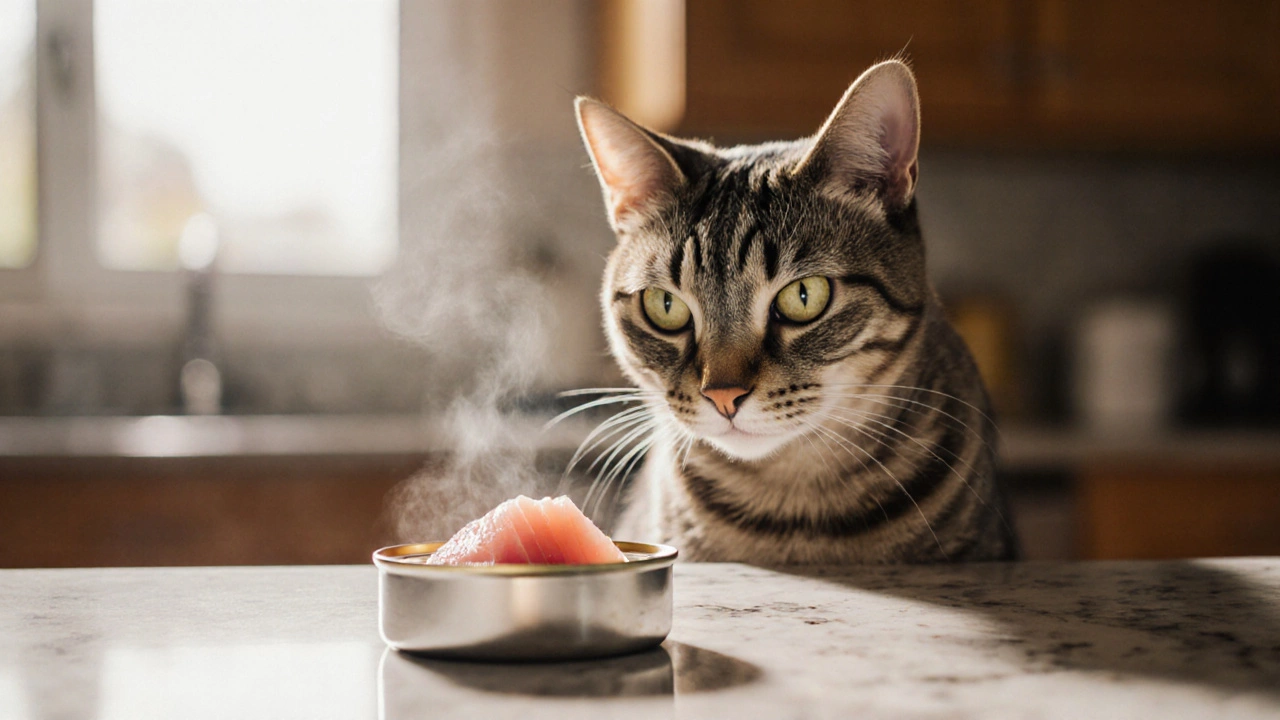Feeding Cats Tuna: What You Need to Know
When working with feeding cats tuna, the practice of giving tuna as a regular part of a cat's diet. Also known as tuna cat feeding, it can be a tasty treat but needs careful balance. feeding cats tuna might sound like a simple shortcut to a happy pet, but it actually touches on several core aspects of feline care. cat nutrition, the overall dietary framework that supplies protein, fat, vitamins, and minerals for a cat's health is the first piece of the puzzle. If a cat’s diet lacks essential nutrients, even the most delicious tuna won’t fix the gap. That’s why understanding how tuna influences cat health is crucial before you start a routine.
Key Considerations When Feeding Tuna
One of the biggest concerns is taurine, an essential amino acid that cats cannot produce in sufficient amounts on their own. Tuna is rich in protein but often low in taurine compared to specially formulated cat foods. Missing out on taurine can lead to serious heart and eye problems, so the rule of thumb is to supplement any tuna meals with a balanced cat food that covers that gap. Another factor is the type of tuna you choose. tuna, a lean, ocean‑sourced fish commonly sold in cans or fresh fillets can vary in sodium, mercury, and oil content. Low‑sodium, water‑packed options are safer, while oil‑packed varieties add extra calories that can lead to weight gain if overused.
Feeding cats tuna encompasses more than just a snack; it intersects with cat nutrition guidelines, health monitoring, and lifestyle choices. For indoor cats, especially, the balance between wet and dry food matters. Research shows that indoor cats benefit from higher moisture intake, so wet tuna can help with hydration, but it shouldn't replace a full‑range diet. Likewise, the texture of the tuna—whether shredded, pate‑like, or chunked—affects how cats respond. Some felines prefer a smooth pate, while others enjoy the chew of shredded pieces. Matching the texture to your cat’s preference can improve acceptance and reduce waste.
Safety and frequency are the final pieces of the puzzle. A single tuna treat a few times a week is generally safe for most cats, but making it a daily staple can cause nutritional imbalances. Keep an eye on any signs of digestive upset, allergies, or changes in litter box habits; those could indicate too much tuna or a sensitivity. Pairing tuna with a high‑quality, complete cat food—like the top picks for indoor cats—ensures your feline gets the right mix of proteins, fats, and micronutrients. By treating tuna as an occasional supplement rather than a base meal, you protect your cat’s long‑term health while still offering that irresistible flavor.
Below you’ll find a curated collection of articles that dive deeper into related topics—wet vs dry cat food, the healthiest indoor cat diets, and texture choices like pate vs shredded meals. These resources will help you fine‑tune your feeding plan and keep your cat thriving.
Tuna for Cats: Benefits, Risks & Safe Feeding Guide
Discover the real benefits and hidden risks of feeding tuna to cats, plus safe portion guidelines, alternatives, and a quick checklist for pet owners.
